Let's take a little trip through history today, with this little gem from our collection…
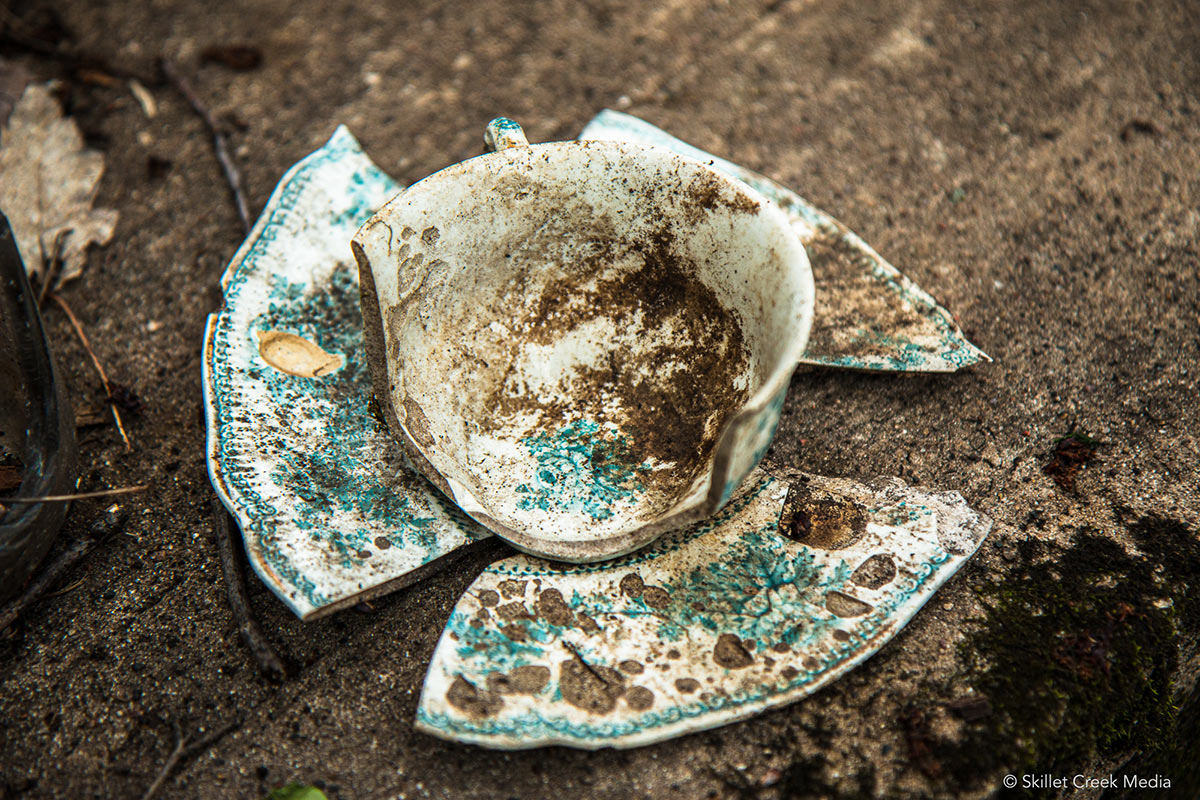
If you set up a time machine at Devil’s Lake State Park and traveled backwards over the last 150 years, you’d witness a fascinating transformation.
A Journey Through Time
As the years flew by in reverse, you’d see land clearing, houses, farms, cabins, and hotels rising from the land. It would appear as if urban sprawl were spreading across the landscape.
Then, remarkably, the whole process would reverse again until, sometime in the early 1800s, the land would return to its nearly natural state, once again home to Wisconsin’s native peoples going back thousands of years.
This peculiar vision reflects the reality that Devil’s Lake State Park’s seemingly untouched landscapes are mostly reclaimed. The homes, farms, vineyards, quarries, logging operations, and hotels that once stood here in that short window of time are now gone. The land we now call Devil’s Lake was acquired by the state piece by piece. Most buildings and fences were removed, allowing the land to regenerate into the green vistas we enjoy today.
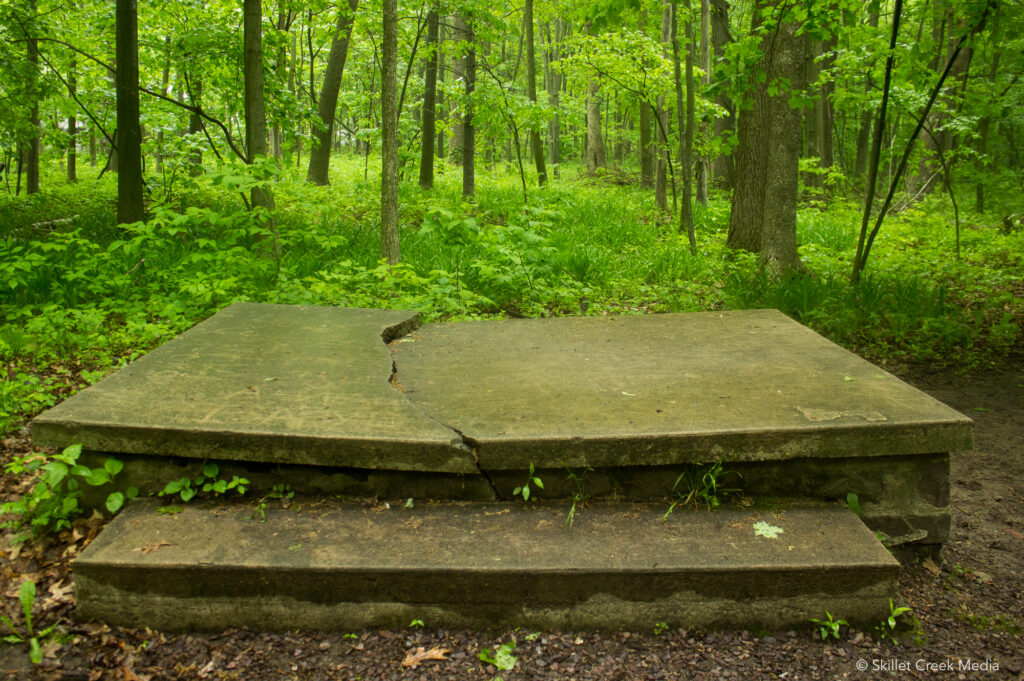
However, the land wasn’t “restored” to its pristine natural state. Signs of this history remain scattered throughout the park. Junk piles, foundations, old cars, wire fencing, and stone walls dot the landscape, hidden by new growth. This is how many invasive species gained a foothold in the area.
Apple trees and even remnants of orchards remain concealed in the forests and grasslands, providing a surprise snack for unsuspecting explorers.

Discovering Devil’s Lake’s Hidden History
For modern relic hunters and amateur archaeologists, Devil’s Lake State Park offers a lifetime of discovery and adventure. These hidden traces of early European settlement provide insight into previous generations’ perspectives on the landscape and how they compare to our views today. These historic remnants await discovery by those with a keen eye and a passion for history.
It’s important to note that metal detectors are not allowed, and any artifacts found should be left undisturbed. While it may seem far-fetched now, my hope is that someday these historical locations will be properly recorded, studied, and, where necessary, cleaned up.
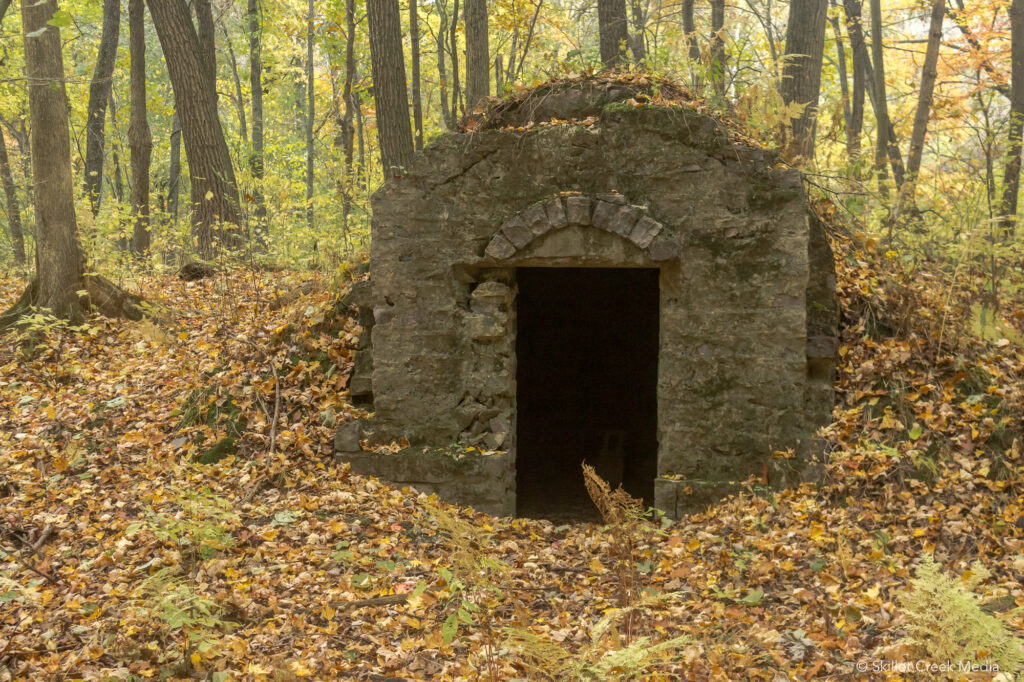
Perhaps trails could be built to some sites, complete with interpretive signs and programs to educate visitors about this unique period in Devil’s Lake’s history.
Next time you visit Devil’s Lake State Park, take a moment to imagine the layers of history beneath your feet. What stories can you uncover?

For nearly 2 decades the Skillet Creek blog has focused on 3 main goals; To inspire you to visit and explore the Devil’s Lake region, to help you get the most your visit by sharing tips, events, and other helpful information. Lastly to advocate for our environment & wildlife and talk about how we can keep our natural areas amazing now and into the future! That last goal can sometimes cause controversy, but it’s the only way we can accomplish the first two. – Derrick Mayoleth, Owner.
This Post Has 2 Comments
Comments are closed.

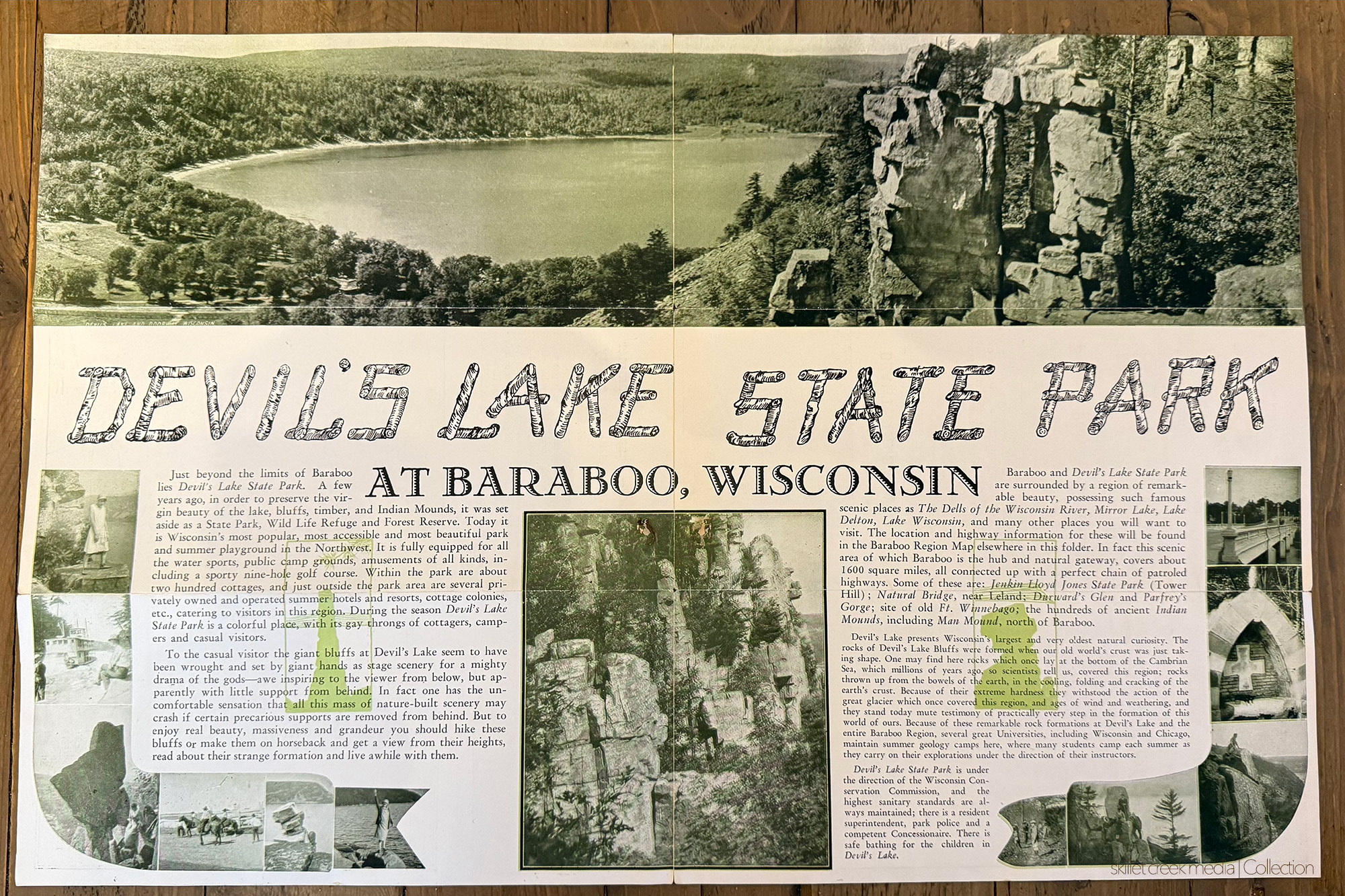
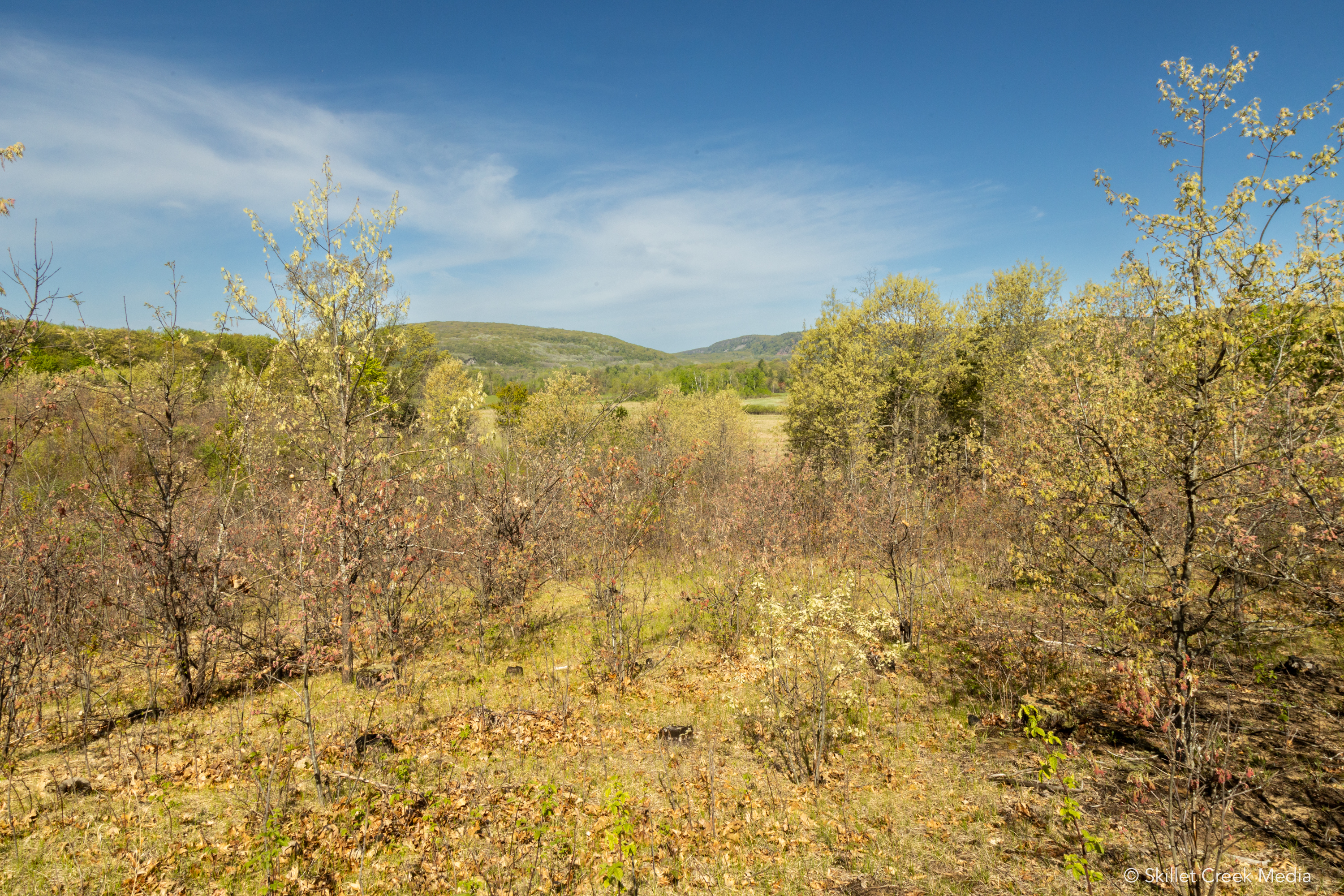
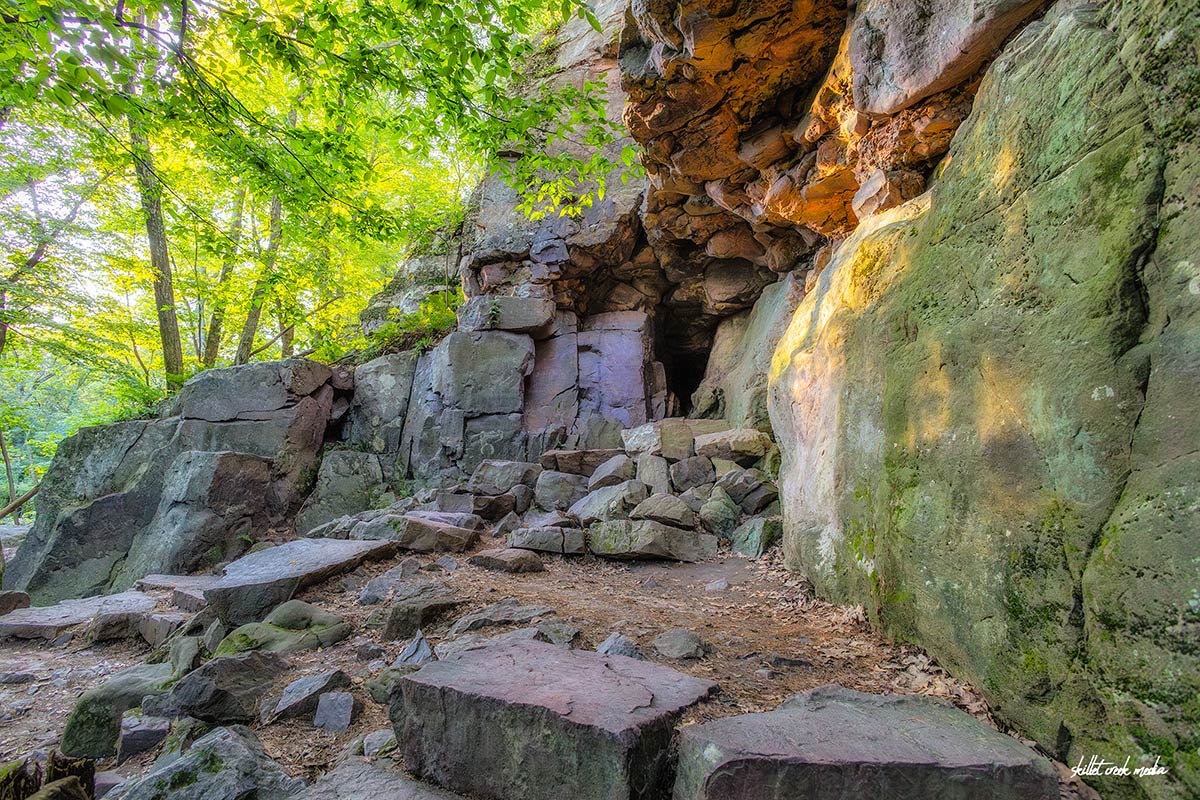
I have been camping at DLSP since the mid 70’s. I camped at the south shore. I had an Uncle who owned a cottage on the south shore till 1976 (?) when the property went back to the state. My father used to live in Baraboo and during his young years worked at the Chateau and lived in small group cottages when not working. Spent the whole summer there because of the distance to Baraboo and transportation. I would love to find books about the history of Devils Lake that chronicles the 1920’s to present day.
I think Ken Lange’s books cover the most info. Search “A Lake Where Spirits Live” which will give you a start.